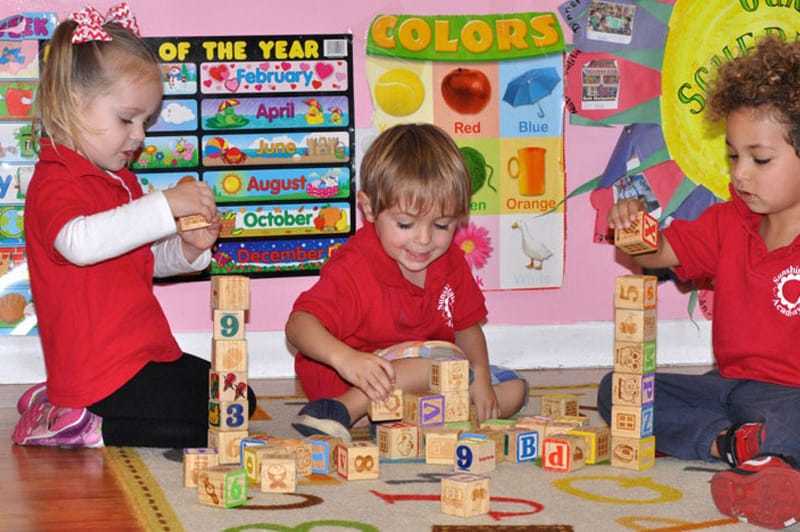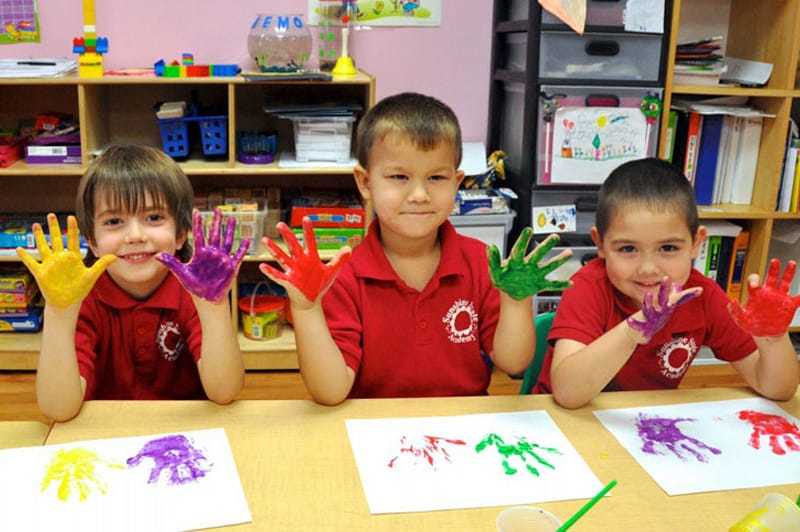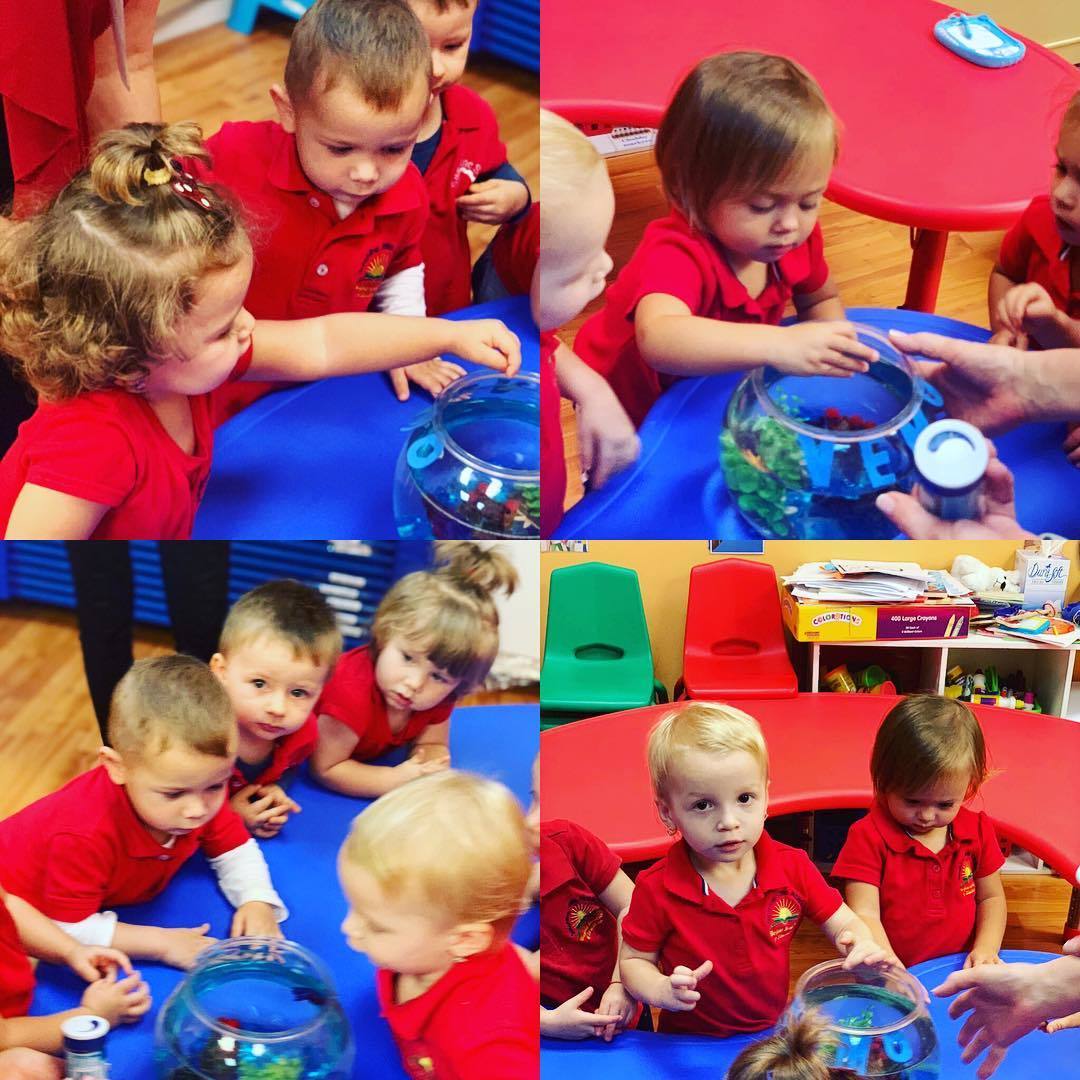
Every child starts his/her early stages of life in a preschool like Sunshine State Academy. Parents send their children to school so they can learn how to communicate with other people and grow better as individuals. Kids are clustered into a group inside the classrooms of the school. They are randomly chosen and assigned to a designated teacher or educator. This is where the learning begins at Sunshine State Academy.
At an early age, children are attached to their family and have a strong bond with the caregiver. This is very typical behavior and many children form bonds depending on their overall disposition and character. The first day in a preschool may be scary for some children but caregivers should remain cool, calm and collected to make sure their children feel safe in the new environment. In Sunshine State Academy the first day of school begins with the child and the parent being welcomed into the classroom. The caregiver stays with the child and makes sure he/she begins the adaptation process.
Learning should always come with a focus on trust and a healthy environment since preschoolers are still young; they need the utmost supervision and assistance to be able to absorb the knowledge that Sunshine State Academy gives. Most young kids are still soft-hearted and sensitive that they may cry for little things; this is where a loving and kind teacher is important. Here are some creative ways that Sunshine State Academy offers on how to manage children inside the classroom:
- Sunshine State Academy offers exciting games to play inside the classroom.

- Young children need excitement before they focus on what is being presented in the class
- Children learn primarily through play, therefore, an abundance of play is given at Sunshine State Academy
- Playing exciting games during circle time is the first activity to allow children to enjoy preschool
- Sunshine State Academy offers a playground where kids can play and mingle with other kids.
- A center-based approach allows children in Sunshine State Academy to play with educational toys like puzzles, building blocks, Lego blocks and many more cognitive-development manipulatives
- Sunshine State Academy teaches children about Art and Music.

- The importance of music and art on brain development has highlighted the need for these subjects in the early childhood setting
- Every child has a hidden talent that should be discovered so it is a great idea to engage them in music and art
- In Sunshine State Academy music is a subject area which is taught three times per week and children participate in vocal and movement classes
- Art is a daily subject where children practice fine-motor skills while creating art with coloring materials like crayons, watercolors or even colored pencil.
- Sensory materials of clay and cotton are used to create 3D projects within the classroom.
- Sunshine State Academy designed its classroom to have enough room for the children to express themselves in art, movement and music on a daily basis.
- Sunshine State Academy also introduces children to the world of music.
- Learning how to play an instrument at age 2 or 3 years old is implemented in Sunshine State Academy.
- A music studio with instruments allows children to excel in forte-piano, cello, violin or drums
- Sunshine State Academy prioritizes group projects rather than lectures.

- Children have very absorbent minds at a young age. Their ability to think outside the box is amazing which must be developed early.
- Doing group projects or organizing a brain-storming would make a huge help to boost memory and problem-solving skills.
- Sunshine State Academy has a coding and STEM curriculum for children of all ages beginning as young as toddlers, who discover the world around them through sensory play.
- Older preschoolers have microscopes and online coding programs to allow for science and mathematical development within each classroom






